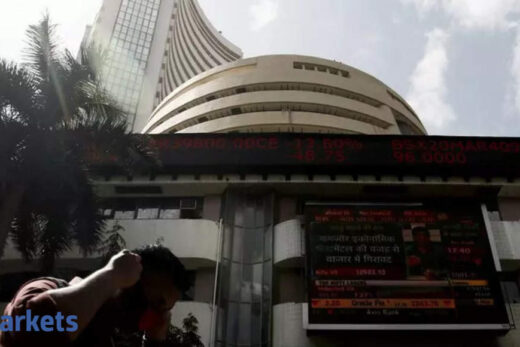While swing traders may be making the most of this opportunity, the current market volatility offers enough room for long-term and medium-term investors to pick quality stocks in a staggered manner with the help of systematic investment plans, or SIPs.
Although more popular in the mutual fund industry, the SIP concept may work equally well even for direct equity investors. You can either commit to an SIP through your broker or simply buy your favourite stocks in smaller quantities but at regular intervals in DIY (do it yourself) style.
This strategy, also known as rupee cost averaging, will help you average your cost of purchase and make the best of a volatile market. You can benefit from any future falls and also have a better margin of safety.
“A stock SIP is a superior way to invest systematically. It enables investors to buy stocks (amount/quantity based), periodically (weekly, monthly, etc.) in a systematic manner. It is the ideal method of investing for long term investors. It helps you make the best of the unpredictable market by adopting a disciplined investment strategy,” HDFC Securities said in a report.
The brokerage has released a set of 21 stock ideas from across sectors and market-caps that investors with a long-term horizon can buy systematically over the next few years.
Analysts at HDFC Securities say these 12 largecaps fit the bill for SIP investors: Reliance Industries (RIL), Infosys, Hindustan Unilever (HUL), State Bank of India (SBI), ICICI Bank, ITC, Larsen and Toubro (L&T), Sun Pharma, HDFC Life Insurance, Bajaj Auto, Dabur India and Tata Motors.
The analysts cited RIL’s dominance in both telecom and retail as key drivers of growth in revenue as well as profitability in the long run. For Infosys, they believe levers like offshoring, revenue growth, pyramid rationalisation, rupee depreciation and automation can help the company surpass the top end of its guidance in FY22.
While HUL is a play on consumption growth in India, the report says the downside potential in the ITC stock looks limited, as the risk-reward ratio is in the favour of the stock given its low valuation.
Only two banking stocks figured on the list. In the case of ICICI Bank, the analysts said the growth in its corporate portfolio could lead to a gradual re-rating, while SBI appears to be better placed to curtail asset quality worries than many other large banks because of its quality of loan book.
The report described HDFC Life as a long-term compounding growth story, given the under-penetration of the insurance industry in India.
Among other stocks, the analysts also have a bias towards M&M, Dr Reddy’s Lab, GAIL, Aurobindo Pharma, NMDC, ACC, HPCL, Tata Power and Birla Corporation.
“We like Dr Reddy’s on account of widely distributed revenue mix, strong focus on domestic business, injectables pipeline for US and EU, healthy balance sheet and return ratios, and resolution of all major US FDA issues,” said the report that featured two other pharma stocks.
The analysts said PSU stock NMDC, which is India’s largest commercial iron ore producer and exporter, is trading at a discount to its global peers and its own past seven-year range.
ACC and Birla Corp are two cement stocks on the list. “ACC has a debt-free balance sheet with a strong cash position despite on-going capex. Also, it has a strong cash flow from operating activities. Working capital days are expected to remain stable which will again help the company to maintain balance sheet strength,” the report said.
Birla Corp, on the other hand, is preferred because its capacity expansion plan provides strong visibility of future growth.
Although the benchmark Nifty has gained just about 5% so far in 2021, the Midcap Index has shot up over 18 per cent and Nifty Smallcap Index by 22 per cent.



